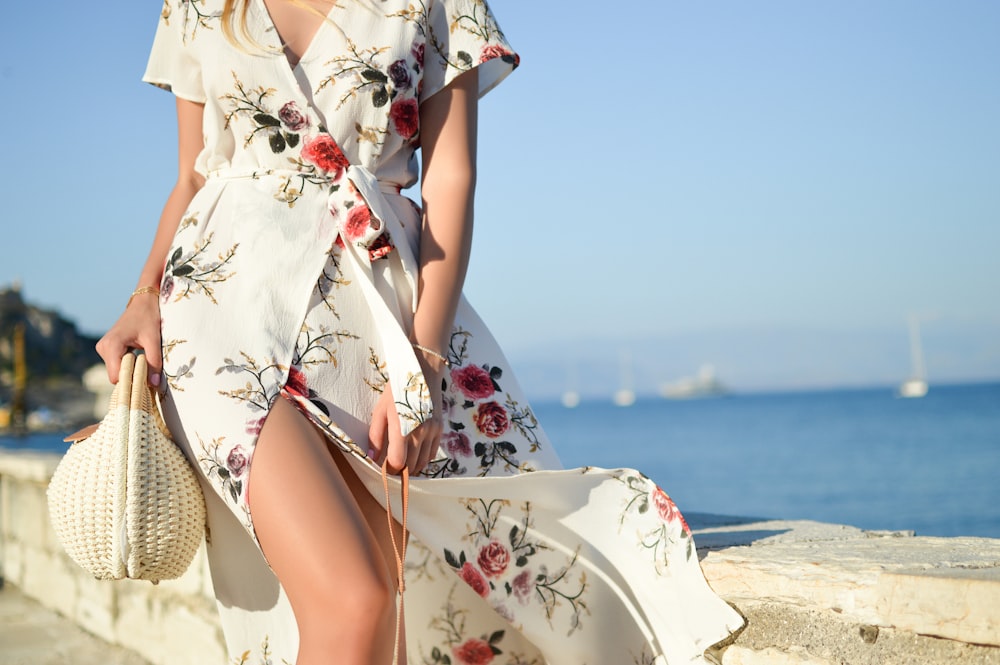Exploring Color Theory in Fashion Design
Color is a fundamental aspect of fashion design, wielding the power to evoke emotions, set moods, and convey messages without a single word spoken. In the world of fashion, understanding color theory is akin to mastering a language—a language that allows designers to create visually compelling and harmonious collections that resonate with their audience. Let’s delve into the depths of color theory and explore how designers can unleash the full potential of their palette to create captivating and impactful designs.
The Psychology of Color
Before diving into the practical application of color theory in fashion design, it’s essential to grasp the psychology behind colors. Each hue carries its own set of associations and emotions, which can profoundly influence how a garment is perceived. For example, vibrant reds may symbolize passion and energy, while serene blues evoke feelings of calmness and tranquility. By understanding the psychological effects of different colors, designers can strategically utilize them to evoke specific emotions and responses from their audience.
Understanding Color Harmonies
Color harmony is the backbone of successful fashion design, dictating how colors interact and complement each other within a design. The color wheel serves as a valuable tool for identifying different color harmonies, such as complementary, analogous, and triadic schemes. Complementary colors, found opposite each other on the color wheel, create dynamic contrasts when paired together, while analogous colors, situated adjacent to each other, offer a more harmonious and cohesive aesthetic. By mastering various color harmonies, designers can create visually striking and well-balanced compositions that captivate the eye.
The Impact of Color Temperature
In addition to understanding color harmonies, designers must also consider the temperature of colors—whether they are warm or cool. Warm colors, such as reds, oranges, and yellows, exude vibrancy and energy, while cool colors, like blues, greens, and purples, evoke a sense of calmness and serenity. By strategically incorporating both warm and cool tones into their designs, designers can manipulate the mood and atmosphere of their collections, creating dynamic contrasts or subtle harmonies to convey their desired message.
Experimenting with Color Blocking
Color blocking is a popular technique in fashion design that involves juxtaposing large blocks of contrasting colors to create bold and graphic compositions. This technique allows designers to play with the visual impact of colors, drawing attention to specific areas of a garment or creating dynamic silhouettes. Whether it’s a vibrant juxtaposition of primary colors or a sophisticated pairing of muted tones, color blocking offers endless possibilities for creative expression and experimentation in fashion design.
Embracing Trends with Seasonal Color Palettes
Fashion is inherently cyclical, with trends ebbing and flowing with the seasons. Designers must stay attuned to the latest color trends and incorporate them into their collections to remain relevant and appealing to their audience. Seasonal color palettes, inspired by nature’s ever-changing landscape, offer a roadmap for designers to navigate the shifting tides of fashion. Whether it’s the fresh pastels of spring, the vibrant hues of summer, the earthy tones of autumn, or the icy blues of winter, seasonal color palettes provide endless inspiration for designers to infuse their collections with timely and trend-forward colors.
Conclusion:
Color theory is a powerful tool in the arsenal of any fashion designer, offering endless opportunities for creative expression and innovation. By understanding the psychology of color, mastering various color harmonies, experimenting with color blocking techniques, and embracing seasonal color palettes, designers can unleash the full potential of their palette and create visually compelling and emotionally resonant collections that leave a lasting impression. Read more about fashion design tips





